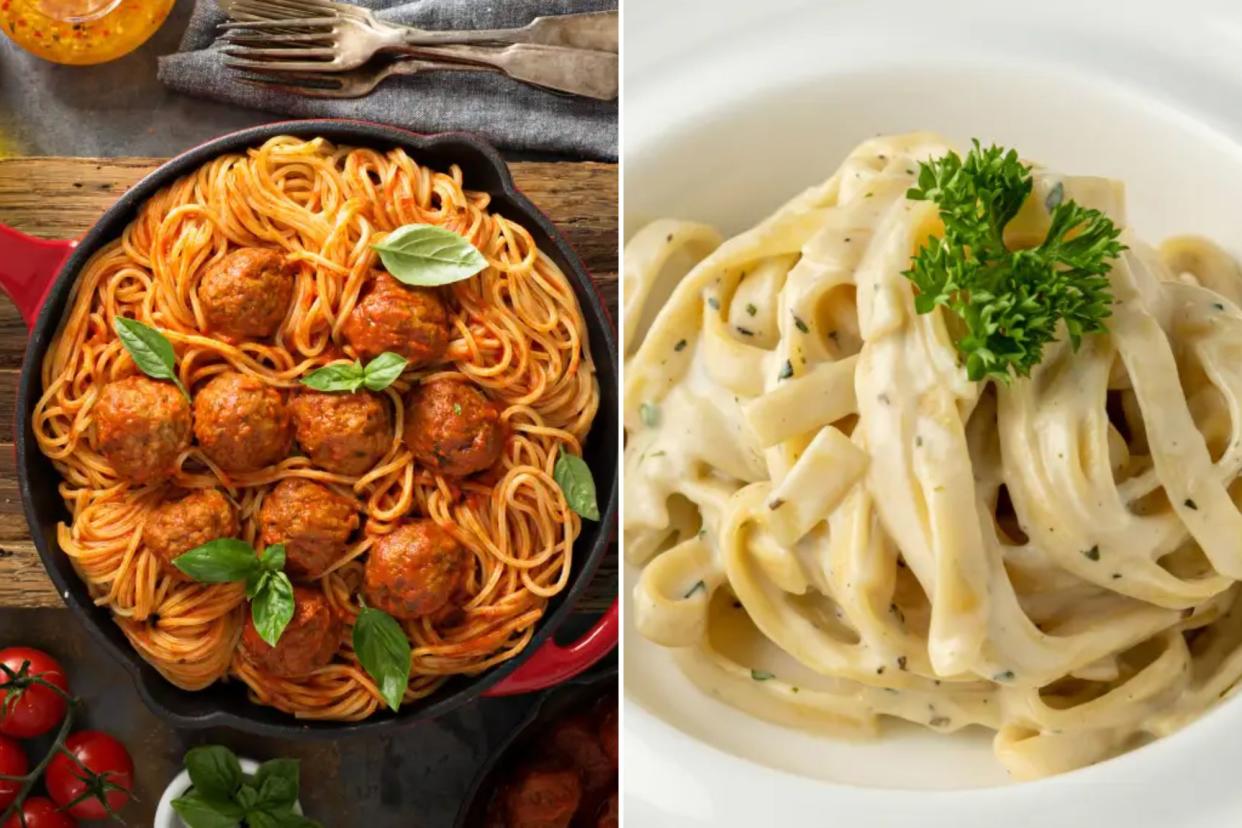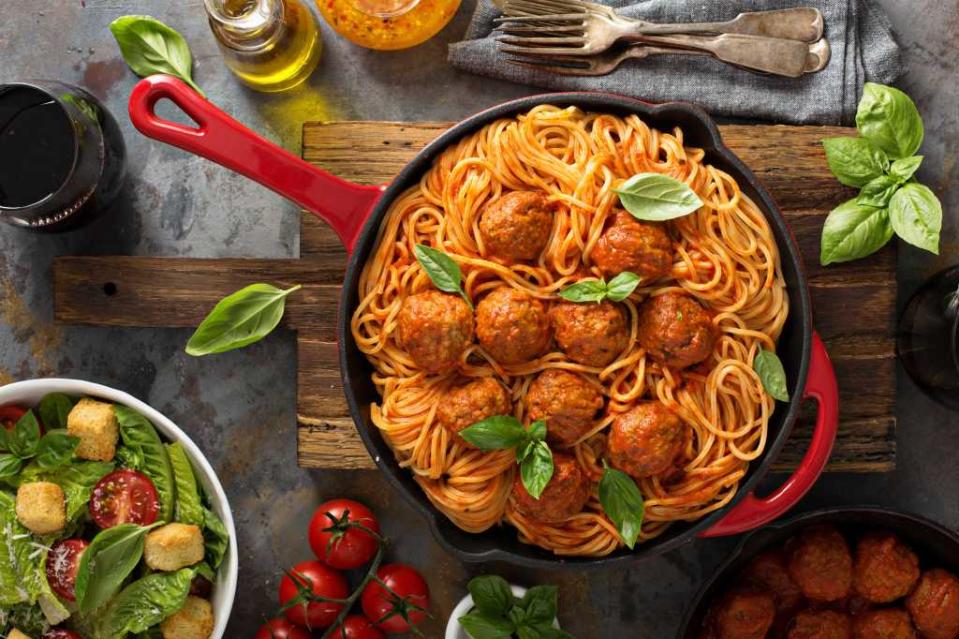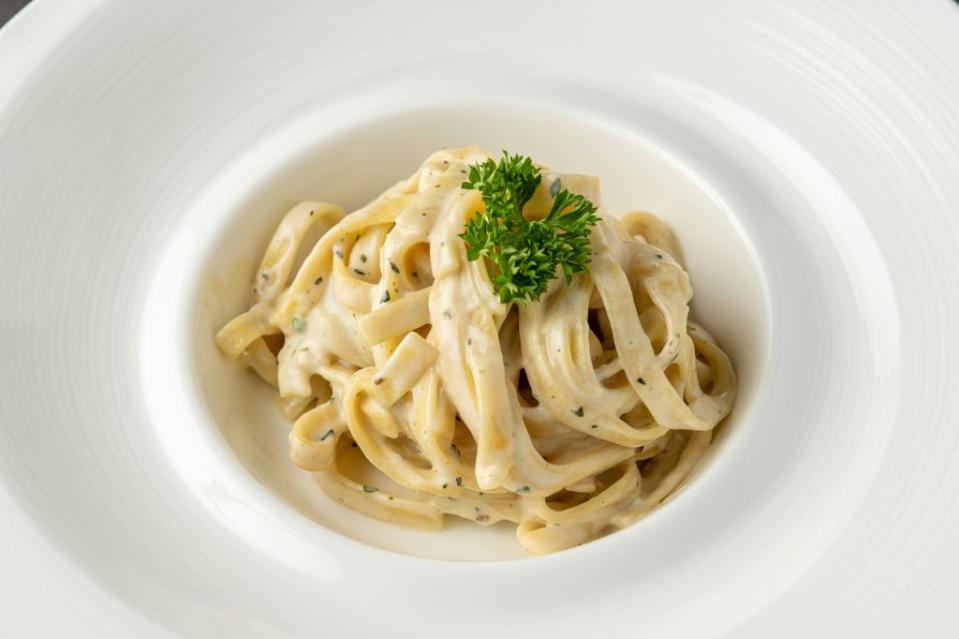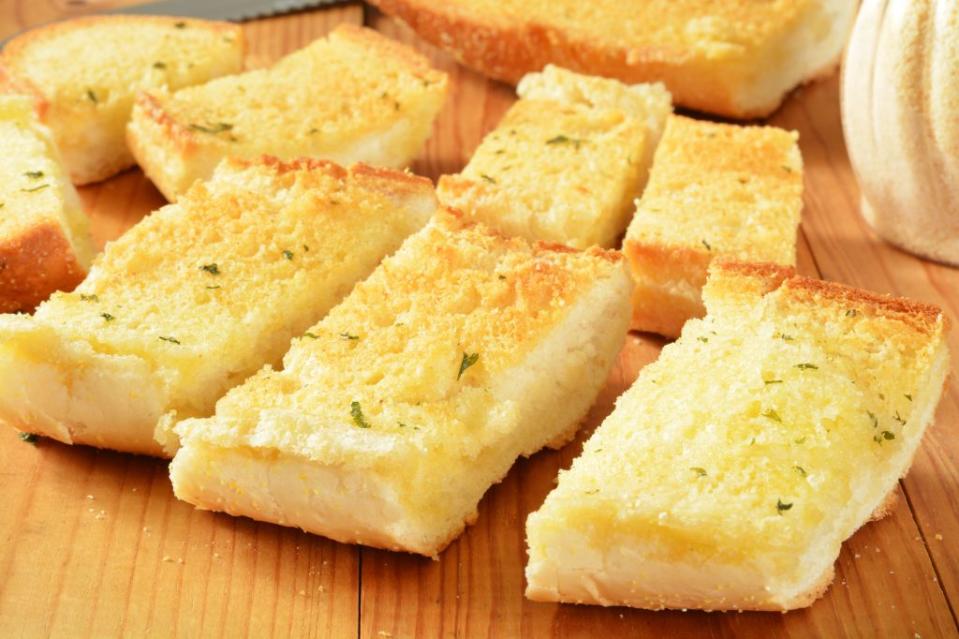I’m an Italian chef — here’s why I’ll never order these so-called ‘Italian’ dishes Americans can’t stop eating

They’re nothing but a bunch of im-pastas.
A panel of serious Italian chefs have put out a hit on a host of popular American dishes claiming Italian roots.
Caught in the culinary crossfire are saucy favorites like spaghetti and meatballs and chicken parmesan, which the pros call inauthentic — and unworthy of a true Italian table.

“When Italians began to immigrate to the U.S., most hailed from poor, rural backgrounds and their cooking was leaner with few ingredients, dishes were mostly vegetarian, and they basically used whatever was available to them,” Italian celeb chef Gennaro Contaldo told the Huffington Post.
Many so-called mainstays of the American-Italian diet were first concocted on foreign soil after waves of immigration in the 19th and 20th centuries, when the settled arrivals began to take advantage of “the abundance of ingredients available to them” and began moving “into a richer, often meatier cuisine,” Contaldo explained.
These thoroughly American meals “often amp up the garlic, sauce and cheese, plus the portions are much bigger,” said Chef Fabio Pizzigoni, based in Phoenix, Ariz.
Alas, these are the dishes you’ve been duped by for a lifetime, according to the pros.
Chicken, chicken, everywhere
Although the origins of chicken parmesan remain disputed — urban legend says the Italian-American staple dish comes from Bamonte’s in Brooklyn — there’s no denying its American-ness, which is why you will rarely see it appearing on restaurant menus in Italy.
The same goes for topping an endless number of pasta dishes with chicken, chef Stefano Carniato of Miami.
“It’s uncommon to “add chicken to a pasta dish that already has many components…for [Italians], a few fresh, local ingredients suffice,” he said.
“A pasta al pomodoro with fresh basil and tomato is sublime and doesn’t need anything else. Less is always more,” Carniato added.
Take your pasta Alfredo and shove it

I know it was you, Alfredo.
The creamy, buttery sauce was invented in Rome, but the chefs insist it’s not Italian enough. The dish is barely a century old and was reportedly created at a restaurant catering to Americans, so the critics might have a point.
“For an Italian, fettuccine Alfredo is a big no in the rule book,” Jacopo Falleni, who owns Nonna in Westlake Village, California, said. Like Carniato, he doubled down that true pasta shines in simplicity.
“Alfredo is loaded with cream and butter, which is way too heavy. It really misses the mark on what Italian pasta is all about, which is simplicity and elegance. And then there’s the chicken — total disaster! It’s like putting ketchup on risotto. Just … why? I wish I could use a hand gesture to show how wrong it is,” Falleni fumed.
Pietro Gallo, executive chef at San Diego’s Civico, added that they aim to “not have [recipes] camouflaged by heavy butter and cream.”
Garlic bread

This appetizer is toast.
Chef Contaldo ripped garlic bread, implying it has no place on the dinner table — calling it an inequitable understudy to a creatively and colorfully topped bruschetta.
“This is stodgy and sickly and has absolutely nothing to do with delicate bruschetta, which is served in Italy with a light rubbing of garlic drizzled with extra virgin olive oil on slices of grilled rustic bread.”
Marinara sauce
Turns out there is such a thing as being too sweet.
“I consider myself to be an open-minded chef, but when I go out, I cannot stand to order American marinara sauce or even make it at home, as there is usually a unique sweetness with flavors of fake oregano and garlic peppered in,” Giuseppe Gentile, executive chef of Naples’ L’Antica Pizzeria da Michele, confessed.
For that reason, he can’t stomach the idea of serving the slop at his eatery — one with four American locations, including New York.
“Unlike American marinara sauce, normally a good tomato sauce [in Italy] is a bit sour.”
Pizza with stupid toppings

We can settle the debate once and for all.
“Pineapple doesn’t go on pizza. It’s a fruit that doesn’t match with Italian flavors. It’s too strong and the finish will cover most of the delicate flavors of the other ingredients,” said Chef Matteo Venini of Washington, D.C.
That’s not to say some fruits like pears or figs aren’t palatable on a pie, but the concept of Hawaiian pizza makes him erupt like a volcano.
“I wouldn’t order pineapple on pizza at a different restaurant…it’s too sweet and overwhelms the other flavors.”
Italian dressing
It’s invalid for insalate.
Maria Liberati, who penned “The Basic Art of Italian Cooking,” said that the guise of Italian dressing is a myth.
“In Italy, dressing for salads is usually just extra virgin olive oil and wine or balsamic vinegar,” she said.
Spaghetti and meatballs
Top Chef alum Fabio Viviani finally copped to what many probably know — yet don’t want to hear.
“An Americanized Italian dish I would steer clear from is spaghetti with meatballs,” he said, even while confessing to finding the classic combo “comforting.”
“In Italy, meatballs, or ‘polpette,’ are typically served on their own, perhaps with bread or a side salad, but never over spaghetti,” he said.
“The combination is distinctly American, catering to the desire for protein-packed, substantial meals… it lacks the authenticity and the balance of flavors that traditional Italian cooking is all about.”